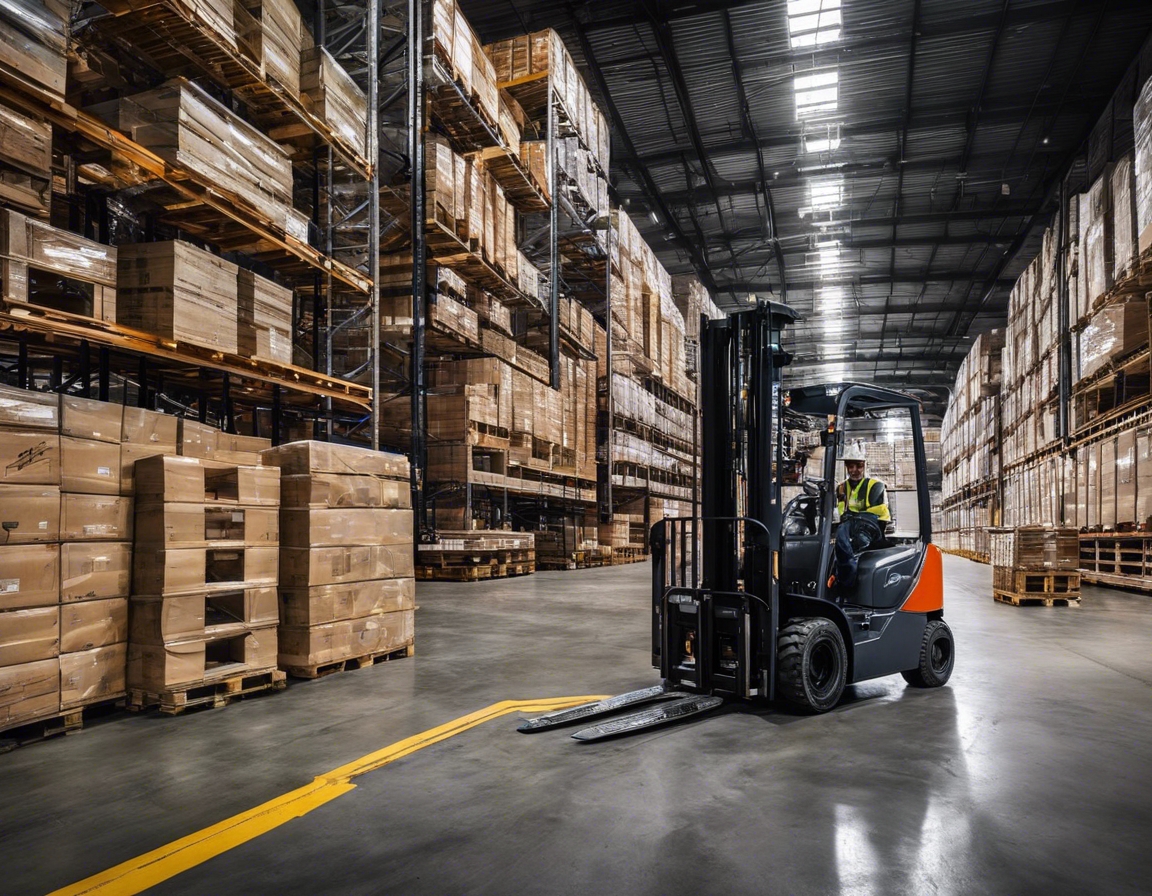The ultimate guide to streamlining your loading and unloading
Efficient loading and unloading processes are the backbone of any successful logistics operation. For small to medium-sized businesses in the manufacturing, retail, and e-commerce sectors, the ability to move goods quickly and safely can significantly impact the bottom line. This guide will explore the best practices and strategies to streamline your loading and unloading operations, ensuring that your business stays ahead in the competitive logistics landscape.
Understanding the Importance of Efficient Loading and Unloading
Efficient loading and unloading processes can lead to improved delivery times, reduced labor costs, and enhanced customer satisfaction. Inefficient practices, on the other hand, can cause delays, damage to goods, and ultimately, a loss of business.
Every minute spent on inefficient loading and unloading is a minute wasted. These inefficiencies translate into higher operational costs, which can eat into profit margins and reduce competitiveness in the market.
Strategies for Streamlining Loading and Unloading Processes
Utilizing the appropriate loading dock equipment, such as dock levelers, lifts, and conveyors, can significantly enhance the speed and safety of your operations.
An organized warehouse layout that optimizes space and minimizes movement can lead to more efficient loading and unloading. Consider the flow of goods from receiving to shipping when designing your layout.
Technology solutions like warehouse management systems (WMS) and barcode scanning can streamline inventory tracking and reduce errors during the loading and unloading process.
Well-trained staff are essential for efficient operations. Regular training on best practices and safety standards can improve performance and reduce the risk of accidents.
Clear communication between warehouse staff, drivers, and management ensures that everyone is on the same page, which is crucial for a smooth loading and unloading process.
Best Practices in Loading and Unloading Operations
Effective planning and coordination before loading can prevent confusion and delays. This includes preparing the necessary equipment and ensuring that the goods are ready for transport.
Safety should always be a top priority. Implementing safety protocols and providing the necessary personal protective equipment (PPE) can help prevent workplace injuries.
After unloading, it's important to conduct quality checks to ensure that goods have not been damaged during transit. This step is crucial for maintaining customer trust and satisfaction.
Overcoming Common Challenges in Loading and Unloading
Time constraints are a common challenge in loading and unloading operations. Efficient scheduling and the use of automation can help mitigate these pressures.
Special care must be taken when handling fragile or hazardous materials. Proper training and equipment are essential to ensure the safety of both the goods and the workers.
Seasonal fluctuations in demand can create challenges for loading and unloading operations. Flexible staffing and scalable solutions can help businesses adapt to these changes.
How HILLAR VATSEL FIE Can Help
HILLAR VATSEL FIE offers tailored logistics solutions that cater to the unique needs of your business, ensuring that your loading and unloading processes are as efficient as possible.
With over two decades of experience in the logistics industry, HILLAR VATSEL FIE has the expertise to optimize your loading and unloading operations, saving you time and money.
Our commitment to excellence means that we are constantly seeking ways to improve your logistics processes, ensuring that you receive the best possible service.






Comments (0)